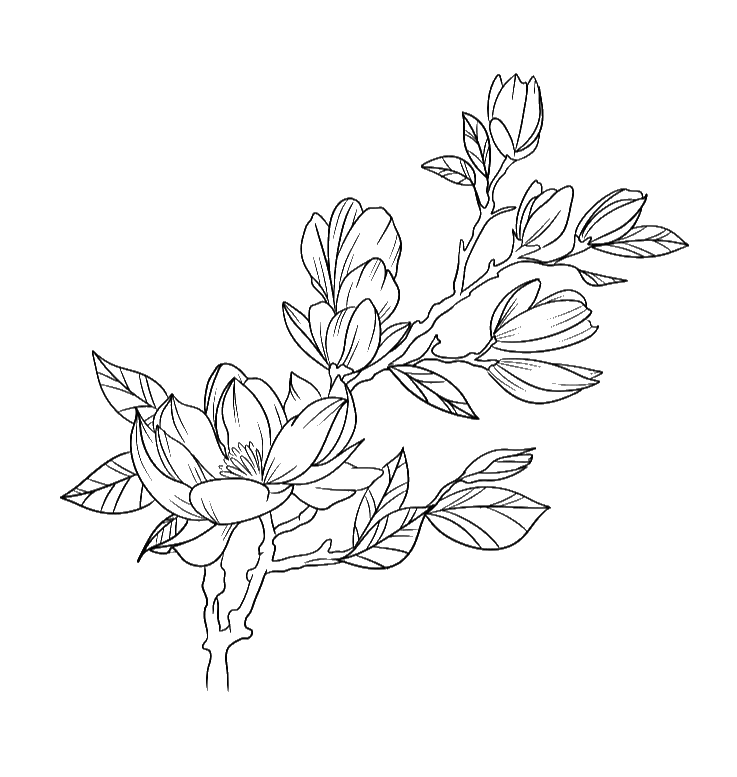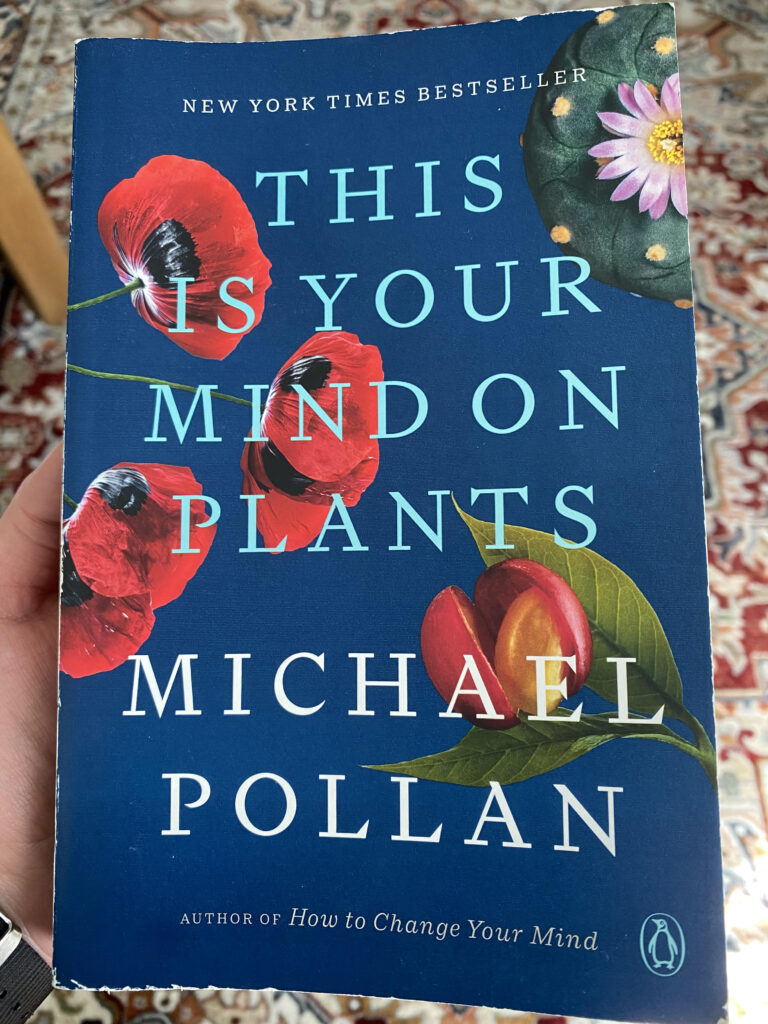
I stumbled on “This Is Your Mind On Plants” whilst McCabe and I perused the Griffin Bay Bookstore in Friday Harbor, Washington in the summer of 2023. That family vacation was initially planned to be spent in Maine but due to some health issues with my mother in law, we ended up going back to his family home. While we were disappointed that we couldn’t shovel lobster rolls into our faces for two weeks, the San Juan Islands are a close second.
During our time on the islands, we put our trust in the infamously untrustworthy Washington Ferry System and went out to San Juan. While strolling through town we revisited one of our favorite locally owned shops, including the Griffin Bay Bookstore, where I deliberated between two books about psychoactive substances. While books on drugs sound fun and spicy, my choice that beautiful sunny afternoon had a burdened backstory.
During my time in the ED in DC, I was introduced to a different emergency medicine world than what I’d become accustomed to in Montana. In Big Sky Country, we saw everything from brain bleeds to sprained toes in both children and adults.
In DC, my population was very different. Well over ⅓ of my patients were there for drug overdoses, many of them being daily visitors. Crack, heroine, fentanyl, PCP, shrooms, marijuana, LSD, and my least favorite, K2, were common substances I encountered in my day job. K2, which back in the day was a synthetic form of marijuana with an altered form of THC, was initially used by a lot of members of the armed services, as people could party and get high without testing positive on drug screens. These days, it’s a hodge-podge term for “anything that the drug dealer wants to get rid of.” Meaning that it’s cheap, easily available, and no one knows what it actually is, including the dealer themselves. Innumerously, DCFD or DC EMS would bring in people who were half alive, covered in vomit, and either aggressive and mad because our narcan ruined their high, or so altered they couldn’t even respond to my triage questioning. Hypotensive, fucked up, and with nowhere to call home, they stayed with us in my ED.
It was a tough move to DC for me, because while its a simultaneously beautiful place (like look at this lighting on Lincoln on a random weekday morning), a lot of the residents of DC are forgotten about and struggle with addiction, homelessness, violence, and abuse.
Needless to say, I felt the need to learn more about what sort of drugs were being used by my patients, cause I was out of my element.
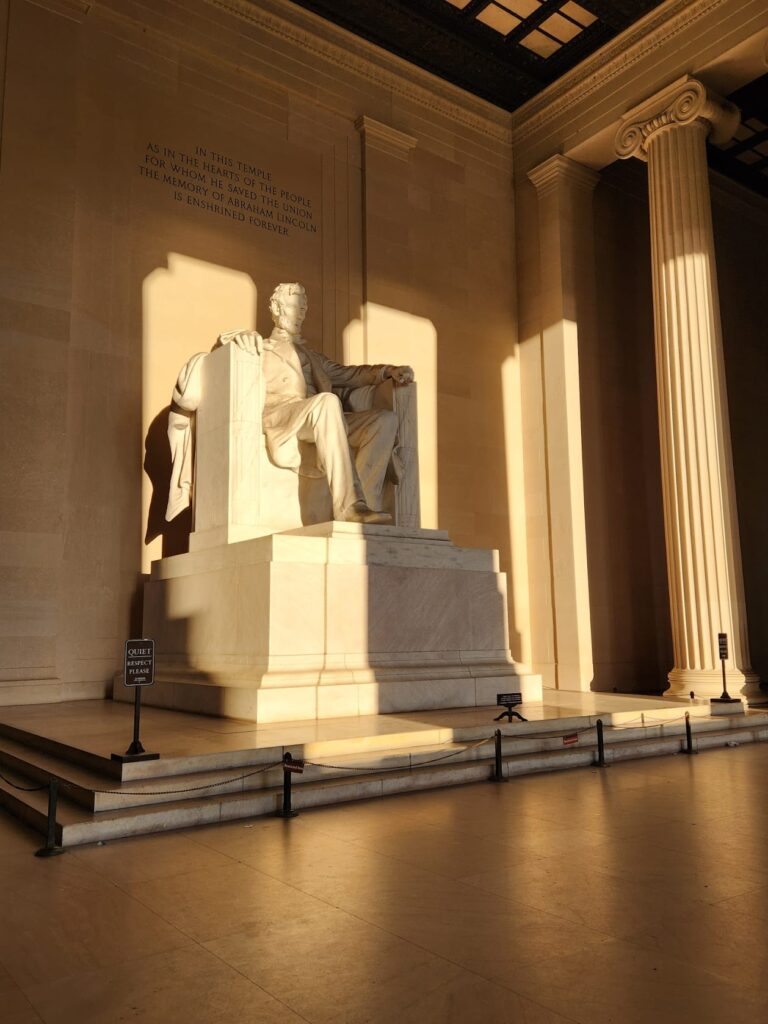
Insert “This Is Your Mind On Plants” by Michael Pollan. It has a nice looking cover, which I know means nothing about the contents of the novel, but it sure caught my eye. So, with nineteen dollars less in my pocket, I brought it home to sit on my bookshelf for over a year, untouched. I worked in that ED for about a year and a half, and while I enjoyed many of the patients I got to meet and care for, the lack of safety and the constant stress pushed me over the edge and I left. Once I got to start working in the NICU, I had more mental energy to expend and I started to feel more like myself than I had since I moved to DC. I finally began to read through my bookshelf, which for Cabe and I, had long been overflowing.
This novel was a surprisingly easy and educational read. Michael Pollan is both an author and journalist who made his way primarily writing about his garden, which is how he became interested in learning about how plants are used to alter and improve human existence. We cover three psychoactive substances and their plant origins in the book: Opium from poppies, caffeine from tea and coffee, and mescaline from Peyote and San Pedro/Wachuma Cactus.
Opium
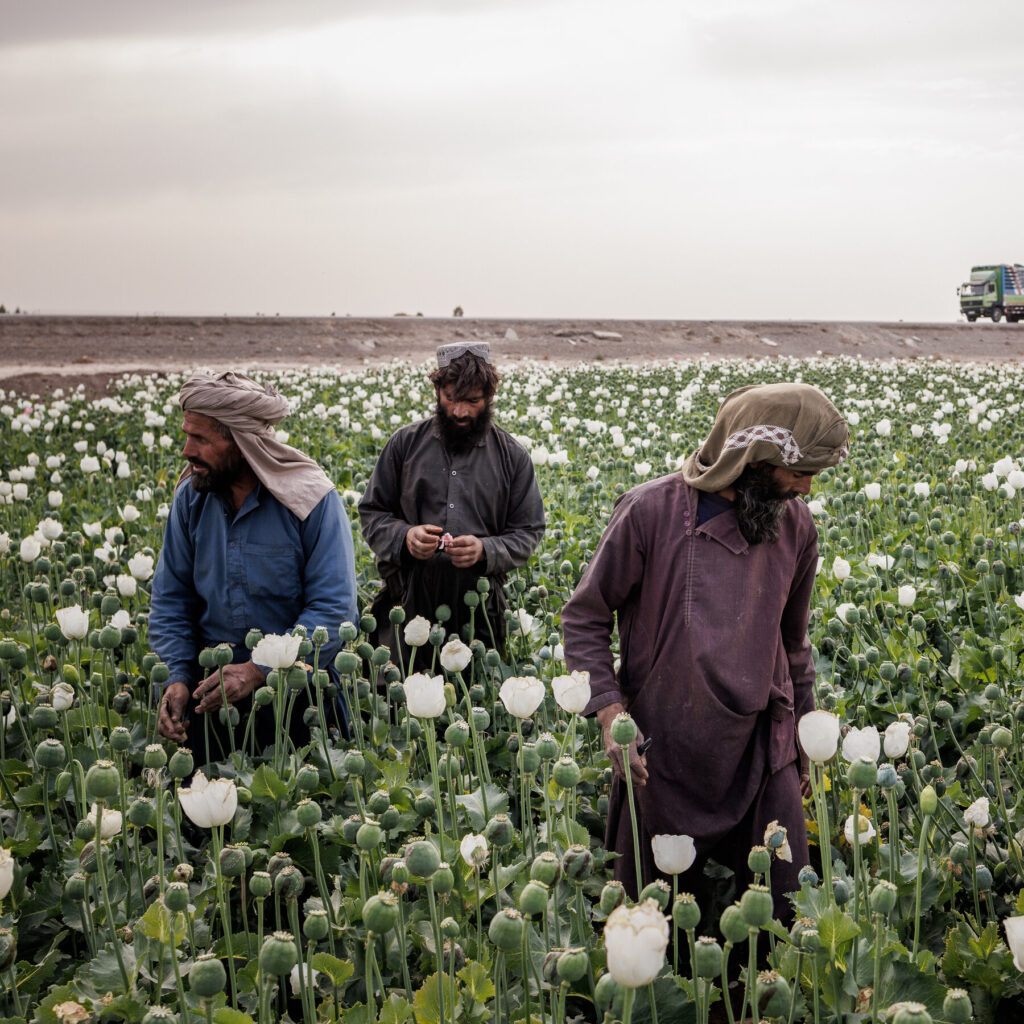
I primarily read this book to learn more about opium, which as we all know has been front and center in recent years because of the fentanyl crisis. Opium, a psychoactive substance found in the buds of poppy flowers, is suspected to have naturally evolved to be an animal repellent. As poppies are so vibrant in color, wildlife are drawn to try it but the creation of the bitter tasting opium made for a bad snack. Incidentally, the opium alkaloids bind to our appropriately named “opioid receptors” (kappa, mu, and delta) which exist in our cell walls. Opiates excite our reward system in the brain, and activation of these opiate receptors cause a flood of dopamine “the feel good neurotransmitter” which reduces our sensation of pain and can create sensations of euphoria. Humans quickly learned of this and we began to cultivate poppies for their analgesic effects.
As Pollan writes, with all good things, humans have to ruin it. He discusses how his interest in poppies led him to learn more in depth about the infamous Opium wars. Wherein China was forced to keep their borders open so that England could funnel Opium into the country so as to boost their own economy and profit from trade. Closer to home, he discusses the war on drugs, started by Nixon, continued by Reagan and Bush, and ultimately exploding under Clinton. Pollan encounters multiple first hand “poppy gardeners” who even wrote literature on how to harvest and process poppies in order to obtain opium for consumption. The author himself secured several varieties of poppies and planted his own opium garden. However, during the time of writing, the DEA began to have operations in which they began investigating normal family gardens, ie your grandma’s garden, to search for any evidence of illegal poppies. Pollan writes and rewrites many times how fearful he was for the day in which the DEA would invade his backyard.
Caffeine
The second focus of “This Is Your Mind On Plants” is regarding caffeine, and the plants that we use to obtain it, Coffea (coffee, duh) and Camellia sinensis (tea). Pollan writes how all the psychoactive substances that plants create are a product of evolution. While poppies created a bitter tasting substance to fend off wildlife and the occasional homunculus, coffee and tea chose an alternative method for proliferation. They each developed caffeine, which addicts and energizes the animals who eat it, encouraging the spread of the plants to nearly all corners of the earth over time. Caffeine (trimethylxanthine) functions as an adenosine antagonist, meaning that it binds to adenosine receptors. Adenosine is a neurotransmitter that has a neurologically depressive effect and also helps to manage our sleep-wake cycle. Since caffeine takes up the place of adenosine, our building desire to sleep gets blocked. Interestingly, despite caffeine use, adenosine continues to get released at the normal rate, meaning a large build up of the neurotransmitter in the body. Once caffeine is out of the system, the accumulation of adenosine binds to those receptors and we are forced to experience the dreaded caffeine crash.
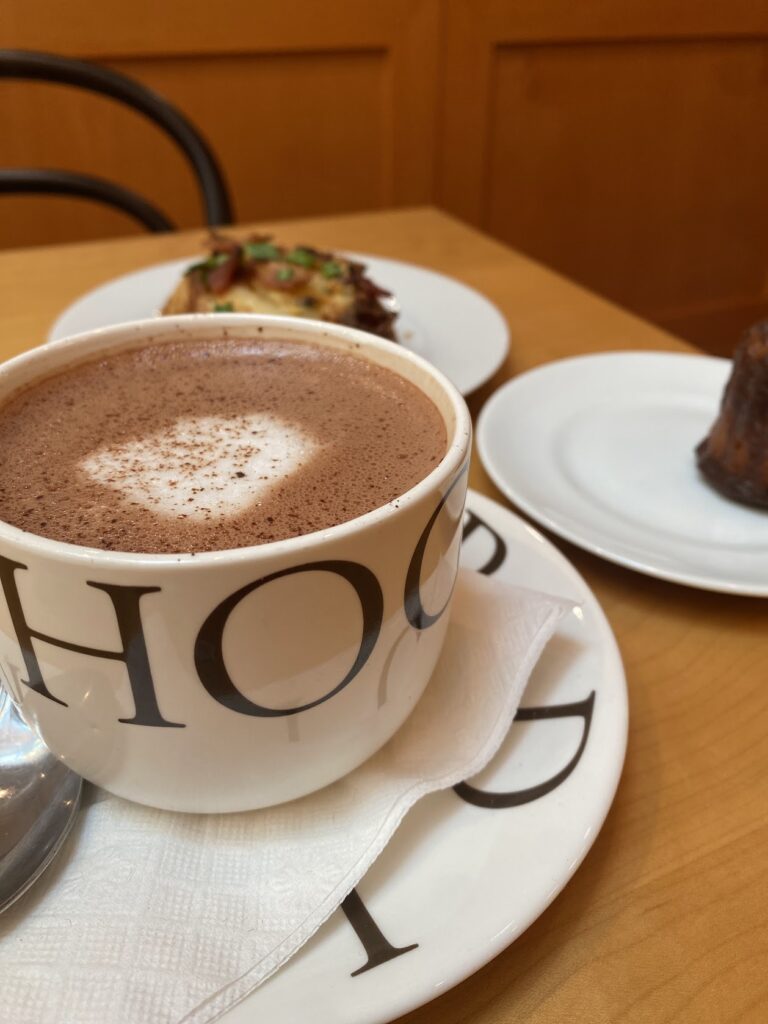
Pollan analyzes the journey of coffee from becoming a plant native to East Africa, specifically Ethiopia, to becoming one of the most commonly consumed drinks in Europe (preceding tea, in fact). We even get to learn the history of the creation of the paid “coffee break” which was a byproduct of England’s industrial revolution. Coffee largely has a history with increasing productivity in society.

Tea, on the other hand, has an equally complex history but has different cultural and historical connotations. Pollan notes how “in the East, tea was less about labor and commerce than it was an instrument of spiritual life…” (124).
The first tea plantations were cultivated not hundreds, but thousands of years ago in China by monks.
Tea was gradually adopted by Japan and Korea and was used as a tool in healthcare. Hundreds of years ago, it was used as a mouthwash and in recent history this has good evidence for use, as it naturally contains fluoride. Not to mention its high amount of polyphenols (which act as antioxidants, compounds that can stabilize free radicals and therefore reduce risk of cancers and other diseases) and can reduce inflammation in the body. As with coffee being taken up in the West, tea was eventually brought to England.
Due to the poor shipment/storage methods of tea leaves from China, tea in England had taken on a bitter taste, so England began to sweeten the drink with sugar. This simple tea time habit established a global scale domino effect. The sugar that was used to sweeten English tea was nearly impossible to grow in Europe, but easy to grow in the Caribbean. England, having no morals, thought that the best method to obtain sugar was to have it farmed cheaply, ergo, by enslaved persons. Thus began the African enslaved person trade from West Africa into the Caribbean. One of the pillars behind this great sin was to simply sustain England’s habit towards afternoon tea, a fact that I found hard to swallow.
While the effects of caffeine are often demonized as we move into a more and more anti-medicine, anti-intervention world, coffee and tea carry with themselves many benefits. Pollan notes how “regular coffee consumption is associated with a decreased risk of several cancers (including breast, prostate, colorectal, and endometrial), cardiovascular disease, type II diabetes, Parkinson’s disease, dementia, and possible depression and suicide” (133). As discussed prior, tea is high in antioxidant compounds but coffee is as well, and apparently the two are leading sources of antioxidants for most americans (Pollan, 134). Of course, there are negative side effects of tea. One that hits close to home for me is that tea and coffee both stain your teeth, so this girl has had to do many rounds of teeth whitening treatments to try to maintain a reasonably pearly visage. High doses of caffeine also are correlated with increased risk of suicide and worsening symptoms of depression and anxiety. Pollan also makes a point to discuss that the half life of caffeine is about 6 hours, and the quarter life is about 12. So your noon cup of coffee is still circulating 25% of the drug in the body by midnight. This leads to worsening in your REM and deep sleep cycles. When poor sleep is such a large contributor towards disease, anything that burdens sleep must be heavily questioned.
Mescaline
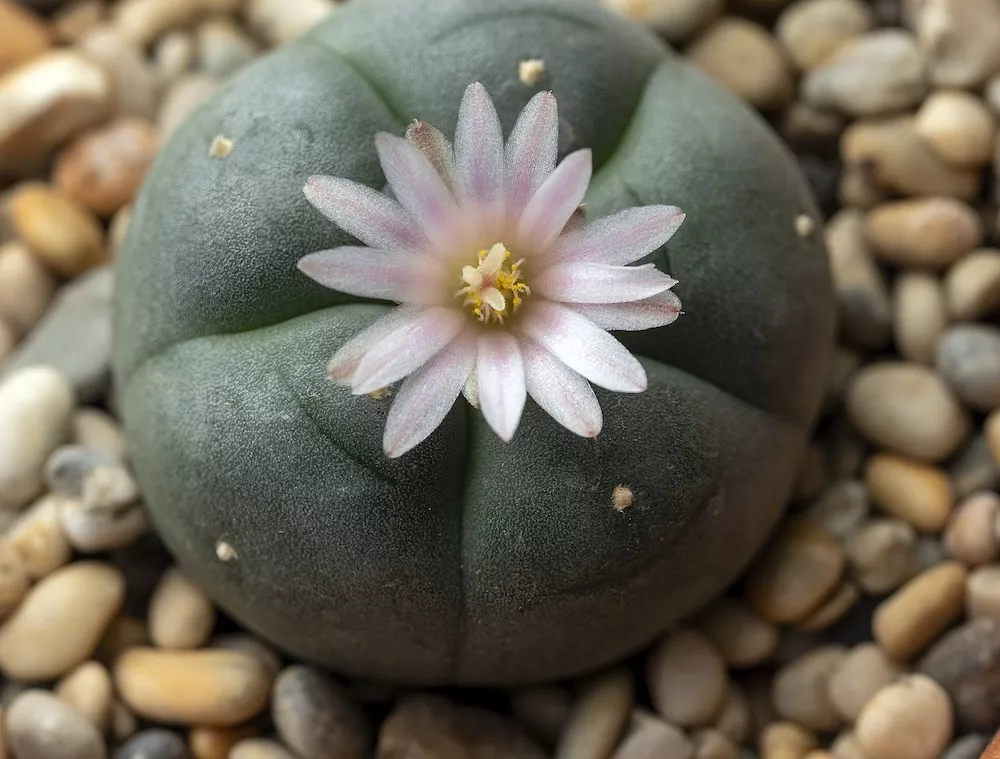
Pollan’s final topic of interest in “This Is Your Mind On Plants” is mescaline, from the peyote and San Pedro/Wachuma Cactus native to Latin America and the American Southwest. I had never even heard of Peyote until college. I was introduced to it when a friend of mine joked about going out into the desert to find the cactus with goals of going on a spiritual journey. I am ashamed to say that I laughed and moved on, not even really knowing what peyote was.
Through Pollan and his consults, I was educated on the sacramental significance of peyote to the Native American Church. Another organization/concept that I didn’t know existed. The Native American Church (NAC) is a “pan-tribal religion that sprang up in the 1880s, at the moment when Indian civilization in North America stood on the verge of annihilation” (164).
Those that Pollan had interviewed communicated to him that peyote ceremonies “had done more to heal the wounds of genocide, colonialism, and alcoholism than anything else they had tried” (164).
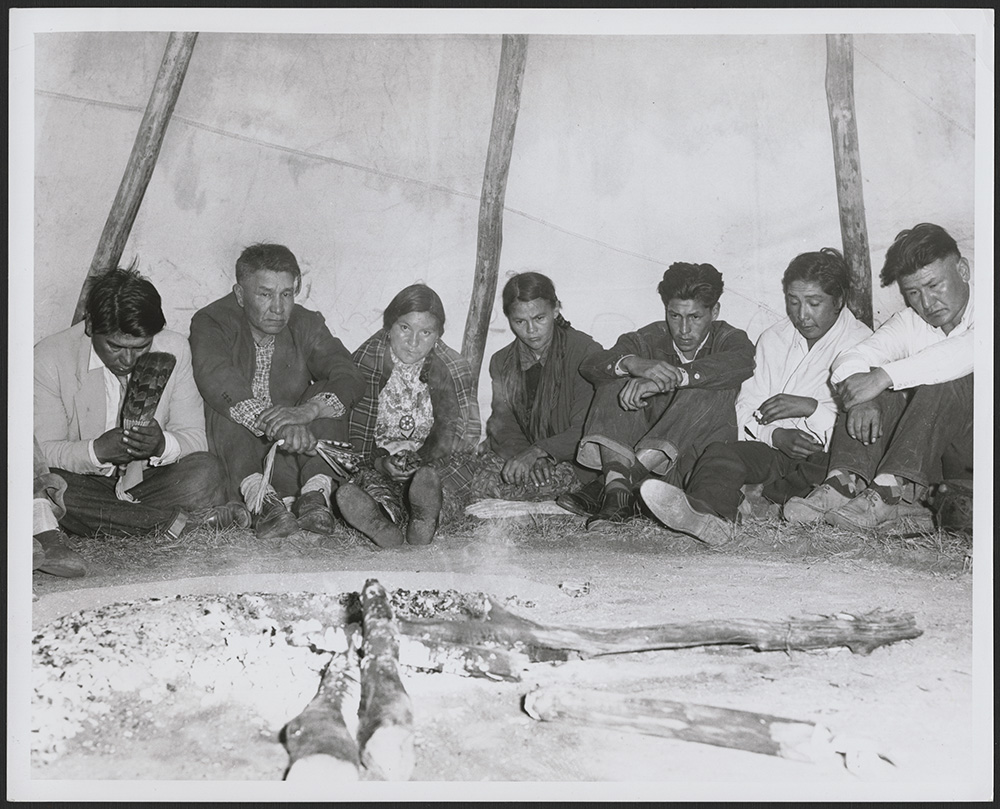
Because of this, members of the NAC are rightfully protective of peyote. In the late 1800s- early 1900s, the medicine began to be shared with groups outside of the Southwest, and it began to be used so quickly that there was concern that its use was superseding its growth rate. Populations became more steady over time, but during the 60s/70s when the psychedelic movement took off, white people heard word of peyote and how it fosters spiritual growth and people began to harvest the plant for personal use, further threatening its already sparse populations.
At this point in time, we again reached the war on drugs in the U.S.. While the CIA was pushing crack cocaine into black communities, the government had also set its sights on legally criminalizing peyote. Through really concerted efforts by the Native American church, and various other organizations, protection of peyote for Native American ceremonial use was protected, but for anyone outside of the church, it remains illegal.
Despite protections being in place for Native American use of Peyote, the population of Peyote continues to be severely threatened. According to some of the sources that Poland connected with, there are groups of people who are hired to go onto the wild and collect the plant, but much like with illegal ivory poachers, these “peyoteros” take shortcuts to harvest the plant, which keeps the cactus from reproducing in the future. As mentioned prior, it is a very slow growing plant and it reproduces at an even slower rate, so its wild populations are very threatened. In efforts to protect the population of Peyote, certain organizations have attempted to cultivate the plants in greenhouses, but many native groups are against this as they feel the plants should only be cultivated in the wild. The concern is that if cultivated in greenhouses, the Peyote would no longer be connected to nature in the way it should be.
In Conclusion…
Overall, I felt that this book was a fantastic read. I learned a lot about the three psychoactive substances discussed and Pollan provided a solid socio-political analysis of the use of certain drugs throughout history, and did a good job of respectfully and honestly discussing how these drugs have affected minority groups, particularly here in the United States. While you learn a LOT in this book, Pollan does a good job of keeping the content light, intermixing his agreeable humor throughout, making this to be what I’d consider an upscale beach read.
